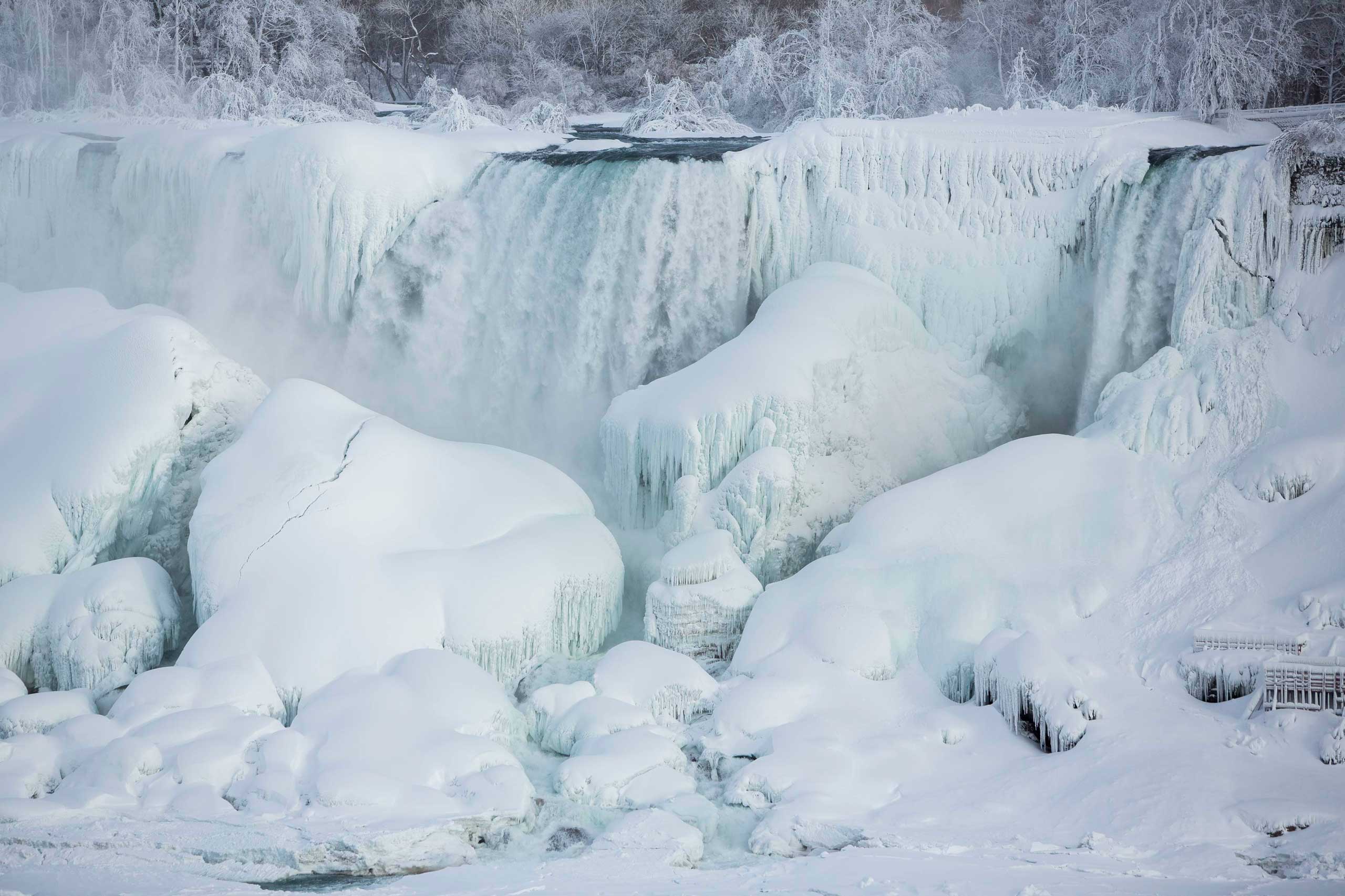


We recommend you list the things you want to see and do in Niagara Falls. Wondering how many days in Niagara Falls is enough? We recommend a stay between 2 and 3 days.Īlthough, if you’re considering staying longer, you’ll find plenty of things to do near Niagara Falls. Whether you’re traveling solo, with a friend, or with family, there is a perfect hotel for your stay. The beauty of the falls and surrounding areas are a magnificent and fun experience. The summer heat fades away, creating a pleasant temperature, but you will get rainy days during fall. Spring also brings beautiful green plants and colorful flowers.įall is gorgeous as the leaves change colors and add to the beautiful scenery of the falls. The temperatures slowly start to rise with the start of spring, but be aware there could be some leftover chill from the winter. Spring and fall are also great times to visit Niagara! The waterfalls’ mist will help keep you cool during this hot time. You will find larger crowds during the summer, but all the attractions will be open and ready for you to enjoy. Summer is the most popular time to visit Niagara Falls as the weather outside is hot. While you will find the area quieter and avoid the large crowds during the winter months, many attractions will be closed due to the weather conditions. This is a great time to visit if you find beauty in the cold. If you visit Niagara Falls in winter, prepare to bundle up for the cold! Niagara Falls turns into a winter wonderland. Just make sure you’re prepared for the season! From icy winters to sizzling summers, you can enjoy Niagara Falls all year round. Niagara Falls, NY, celebrates all four seasons, so the weather can change quickly. Let’s dive deeper so you can figure out the best time to visit Niagara. Summer is the most popular time to visit, but if you want to avoid the crowds, you might want to visit during spring or autumn. Wondering when it’s the best time to visit Niagara Falls? During the past two years, winters have been milder than most, resulting in Lake Erie not freezing over.💡 Final Thoughts On Niagara Falls, NY 📅 Best Time To Visit Niagara Falls This eliminates the lake effect snow mechanism but become a less of a temperate moderating factor upon the surrounding land mass. Lake Erie, during extended cold weather will freeze over completely. Lake temperatures are generally warmer than the surrounding air temperatures which sets up dynamics required for lake effect snow. Lake effect snowfalls are mainly localized to areas near Buffalo and southward. Arctic high pressure generally dominates during the winter months bringing cold and clear days. Nightly temperatures range from -4.5° to -8.2° degrees Celsius (24° to 17° degrees Fahrenheit). In the winter, the daily high temperatures in December, January and February range from 2° to -0.9° degrees Celsius (36° to 30° degrees Fahrenheit). First killing frost and/or snowfall be expected by late October or early November. It is unlikely to snow prior to the end of October. Nightly temperatures range from 13° to 1° degrees Celsius (55° to 34° degrees Fahrenheit). In the fall, the daily high temperatures in September, October and November range from 22° to 8° degrees Celsius (72° to 46° degrees Fahrenheit). Cooling lake breezes are often a relief from sometimes hot and humid weather experienced in summer. Lake Erie’s water temperature normally ranges from 22° to 25° degrees Celsius (73° to 77° degrees Fahrenheit). In summer, lake waters are normally cooler than air temperature. Storms are moderated by nearby Lake Erie and Lake Ontario. Rainfall has been sporadic during past several years with near drought conditions.

Nightly temperatures range from 14° to 17° degrees Celsius (57° to 63° degrees Fahrenheit). In the summer, the daily high temperatures in June July and August range from 25° to 21° degrees Celsius (75º to 81° degrees Fahrenheit ). Lake Erie ice and water temperature may effect surrounding land mass with cooler than normal breezes. Snowfall season usually ends by mid-April. Outdoor camping before mid-May is not advisable. Nightly temperatures range from -3° to 8° degrees Celsius (26º to 46° degrees Fahrenheit). In the spring, the daily high temperatures in March, April and May range from 5° to 19° degrees Celsius (41° – 66° degrees Fahrenheit). Niagara Falls area enjoys four seasons of differing climate: Spring Niagara Falls Weather is split with approximately 5 months of summer and 6-7 months of cold and winter weather Weather & Climate in Niagara Falls


 0 kommentar(er)
0 kommentar(er)
